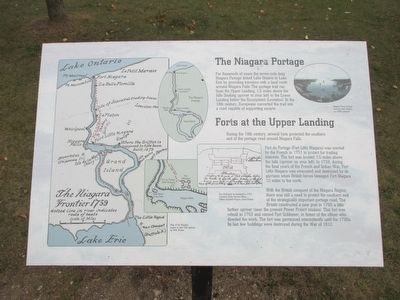Welcome to Honoring Veterans, a place steeped in history and dedicated to preserving the legacy of those who served our nation. While its exact location and type are unspecified, the broader context of veteran memorials across the United States provides a rich tapestry of stories and historical significance.
The roots of veteran care in the United States can be traced back to the aftermath of the Civil War. In 1865, President Abraham Lincoln authorized the creation of homes and medical facilities for Union veterans. This marked the beginning of a national commitment to caring for those who served. Over time, these facilities evolved, adapting to the needs of veterans from subsequent conflicts.
One notable facility that exemplifies this evolution is the Fitzsimons Army Medical Center in Colorado. Originally established as Army Hospital No. 21 during World War I, it specialized in treating soldiers affected by chemical weapons and tuberculosis. The hospital was later renamed in honor of Lt. William T. Fitzsimons, the first American medical officer killed in World War I.
As the years went by, the Fitzsimons facility expanded its mission to include a neuropsychiatric ward during World War II, reflecting the shifting focus of veteran care to address a broader range of health issues. The facility played a crucial role in the medical treatment of veterans until its closure in 1999, after which its grounds were redeveloped for civilian use.
The spirit of honoring veterans extends beyond medical care to commemorative sites like the Mt. Soledad Veterans Memorial in San Diego. Erected in 1954, this memorial honors over 3,500 veterans from various conflicts and is symbolized by a 29-foot cross. Despite legal challenges, it stands today as a testament to the enduring respect for military service.
In the broader historical context, these sites and facilities highlight the evolving nature of veteran care and commemoration in America. From the practical needs of medical treatment to the symbolic gestures of memorials, they serve as reminders of the sacrifices made by countless individuals in service of their country.
As you reflect on these stories, remember the men and women who have walked these paths before, leaving behind a legacy of courage and dedication that continues to inspire future generations.



